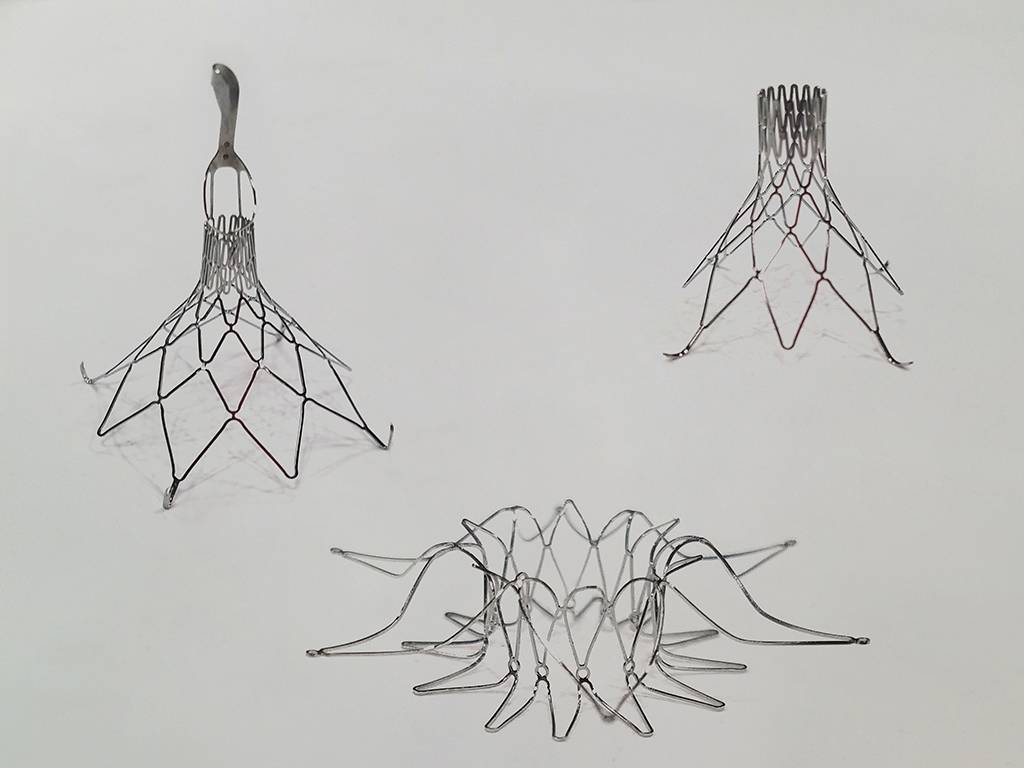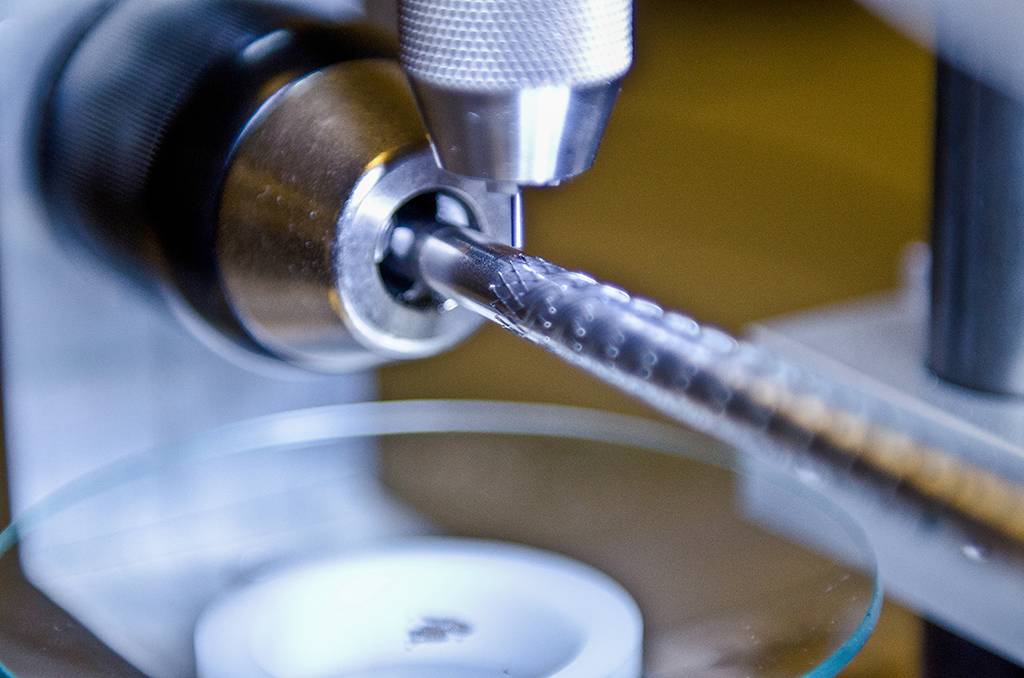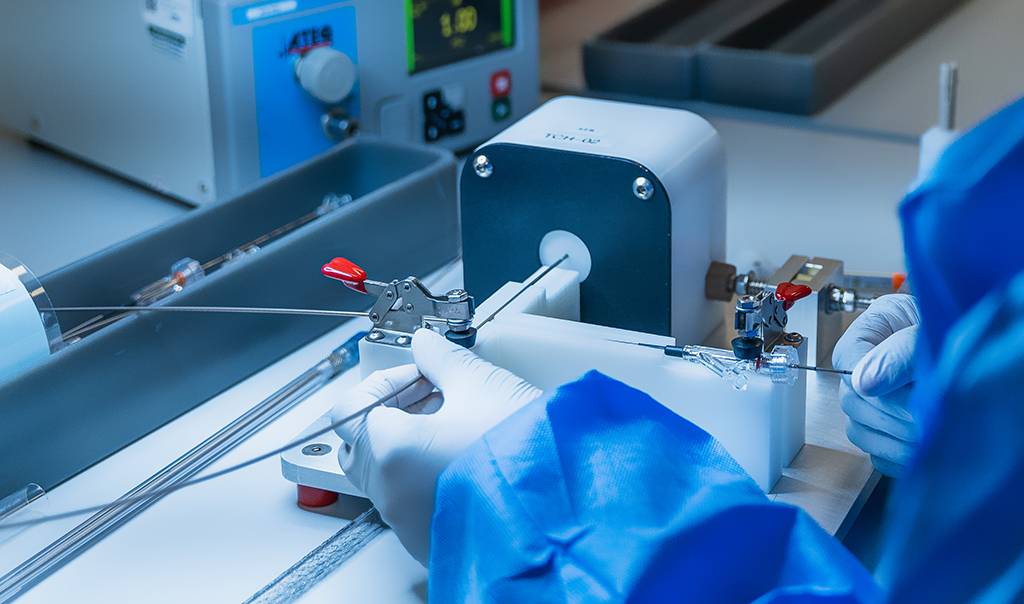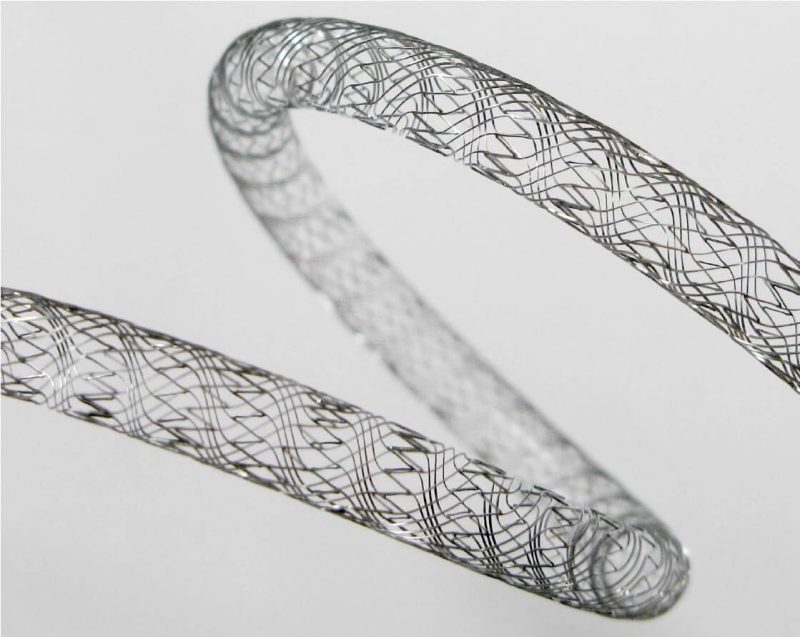Nitinol wire is a shape memory alloy (SMA) with unique properties and a wide range of applications in medical and industrial fields. In this blog post, we will explore the properties and uses of Nitinol wire, how it is made and what the future holds for this fantastic material.
Introduction to Nitinol: Properties and Applications
What is Nitinol Wire and How Does it Work?

Nitinol wire is a unique alloy made from nickel and titanium that can remarkably return to its original shape once heated to the right temperature.
Due to its malleability, this shape-memory function makes Nitinol wire highly valuable in medical device design.
Because Nitinol wire is non-toxic and can resist corrosion, it is used in many processes to manufacture components of permanent implants with excellent durability.
As such, Nitinol wire has become an invaluable instrument for medical innovation, enabling reliable solutions and newer breakthroughs in medicine.
The Unique Properties of Nitinol Wire
In addition to its shape memory function, Nitinol wire has excellent thermal conductivity, high corrosion resistance, and biocompatibility. These properties make Nitinol especially useful in medical devices, with the assurance of not causing adverse effects on the human body.
Nitinol wire also has a high ultimate tensile strength, which makes it solid and durable, even when subjected to repeated deformation and heating cycles.
Uses of Nitinol Wire in Medical and Industrial Applications
One of the primary benefits of Nitinol wire is in medical devices, particularly in minimally invasive surgery. Nitinol’s shape-changing characteristics make it ideal for creating flexible endoscopic devices that can navigate narrow areas in the body and then transform into a rigid shape when needed.
The industrial sector uses Nitinol wire in various applications, including springs, actuators, and sensors. Its shape memory function is particularly useful in creating self-adjusting or self-fitting products, such as eyeglass frames or orthodontic braces. On the other hand, the aerospace industry uses Nitinol wire due to its high strength and corrosion resistance.

How Nitinol Wire is Made: The Memory Metal Production Process
The Ingredients and Alloys Used in Nitinol Wire Production
To create Nitinol wire with specific properties, the raw materials, typically a combination of nickel and titanium, are melted to form an alloy. The exact proportions of each element can be varied to create Nitinol wire with different characteristics. Other components may also be added to the alloy to enhance its properties or modify its behavior.
The Heat Treatment Process for Activating Nitinol’s Shape Memory Properties
One of the critical steps in making Nitinol wire is the heat treatment process, which activates the material’s shape memory function. This process involves heating the Nitinol alloy to a high temperature and then cooling it rapidly in a controlled manner. The exact temperature and cooling rate used can significantly affect the final properties of the Nitinol wire.
Creating Nitinol Cable and Assemblies for Industrial and Medical Applications
Nitinol wire is too easily stretched and deformed to be useful in many applications. Nitinol wire is often combined with other materials to create long-lasting variations to develop Nitinol cables and assemblies.
One standard method is to wrap a central Nitinol wire with non-SMA wires, such as stainless steel, to create a Nitinol cable. This adds strength and durability to the final product, allowing it to withstand more cycles of deformation and heating.
Nitinol cables and assemblies are used in various medical and industrial applications, including endoscopic devices, mechanical cable assemblies, and self-fitting products.
The Future of Nitinol: Potential Uses and Developments
New Developments in Nitinol Production and Processing Techniques

As research and development in shape memory alloys continue, new techniques and processes are being developed to improve the production and processing of Nitinol wire. These developments aim to create Nitinol wire with enhanced properties and improved performance and make the production process more efficient and cost-effective.
Some potential future uses of Nitinol wire include developing intelligent materials that can change their properties in response to stimuli such as temperature or pressure and using Nitinol wire in robotics and other emerging technologies. Nitinol’s opportunities are almost endless with its particular shape memory function and other valuable properties.
Seisa Medical experts in Nitinol for medical devices.
Our experienced team comprises medical device manufacturing and clean room assembly operations professionals. Thanks to constant efforts to improve our processes, knowledge, and locations, Seisa Medical can offer solutions to the medical industry, making us reliable, partners in stents and implantable devices, Nitinol processing, or special alloys.
Are you interested in solutions for medical devices with nitinol? Contact us; we are happy to serve you. You can also learn more about our capabilities, solutions, and locations, such as our New Jersey headquarters, which specializes in nitinol.
